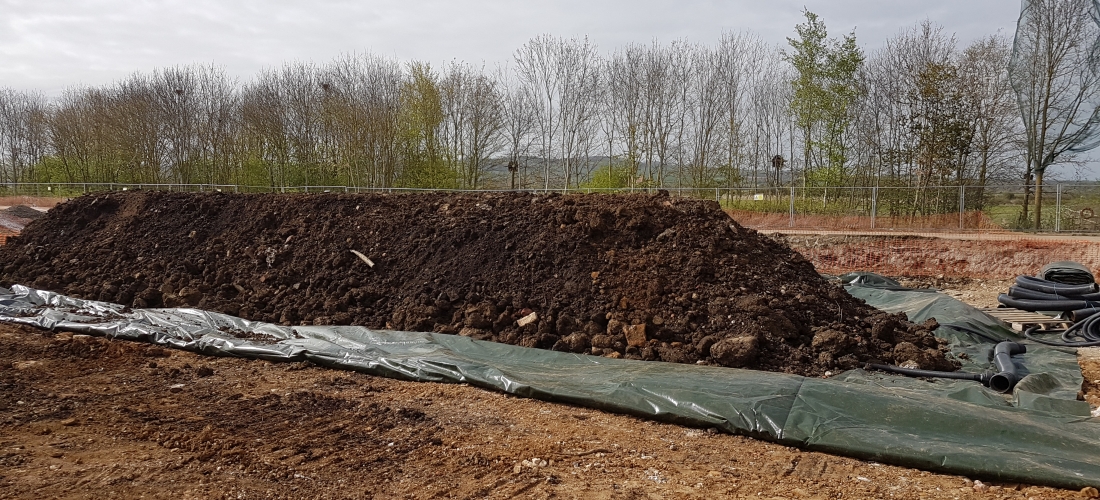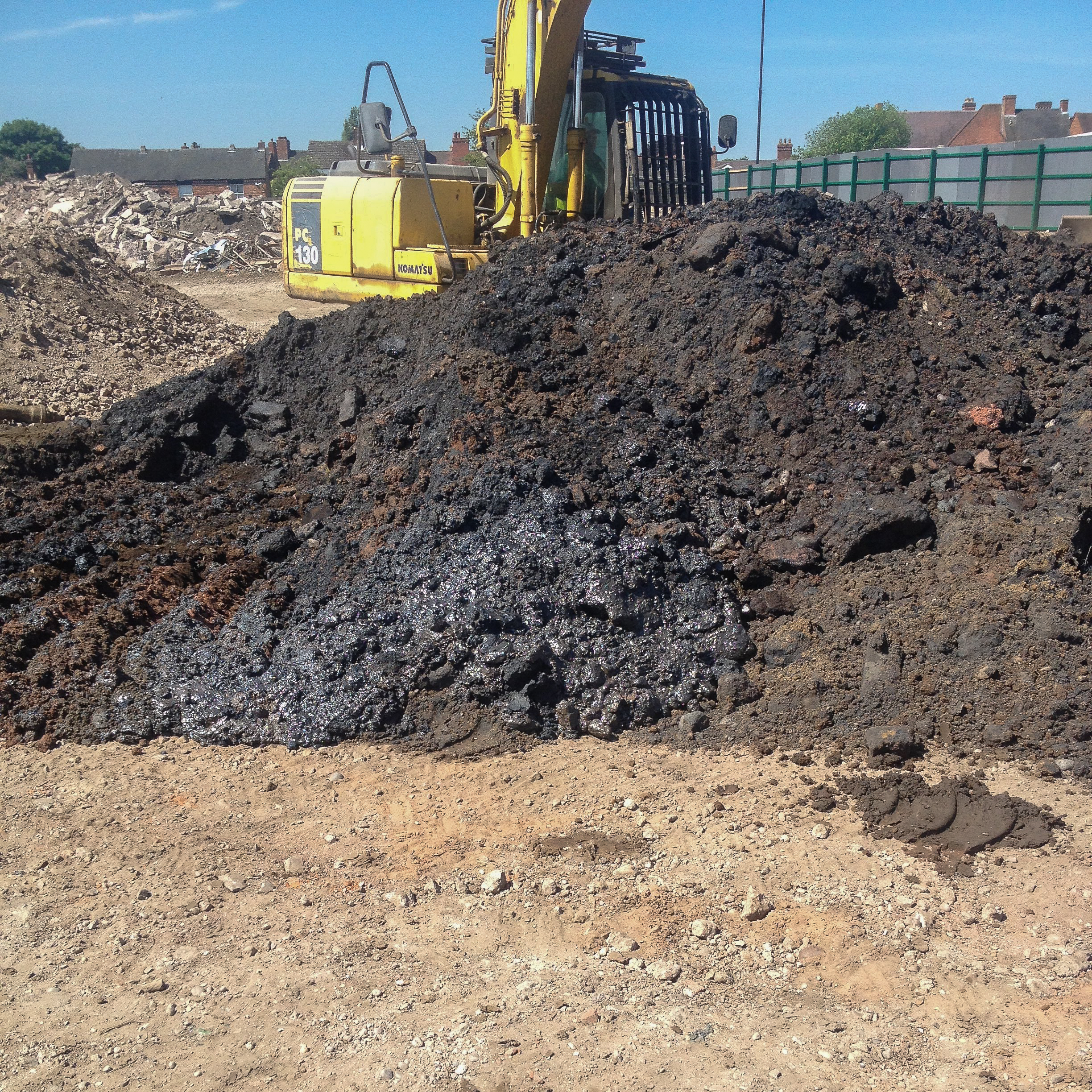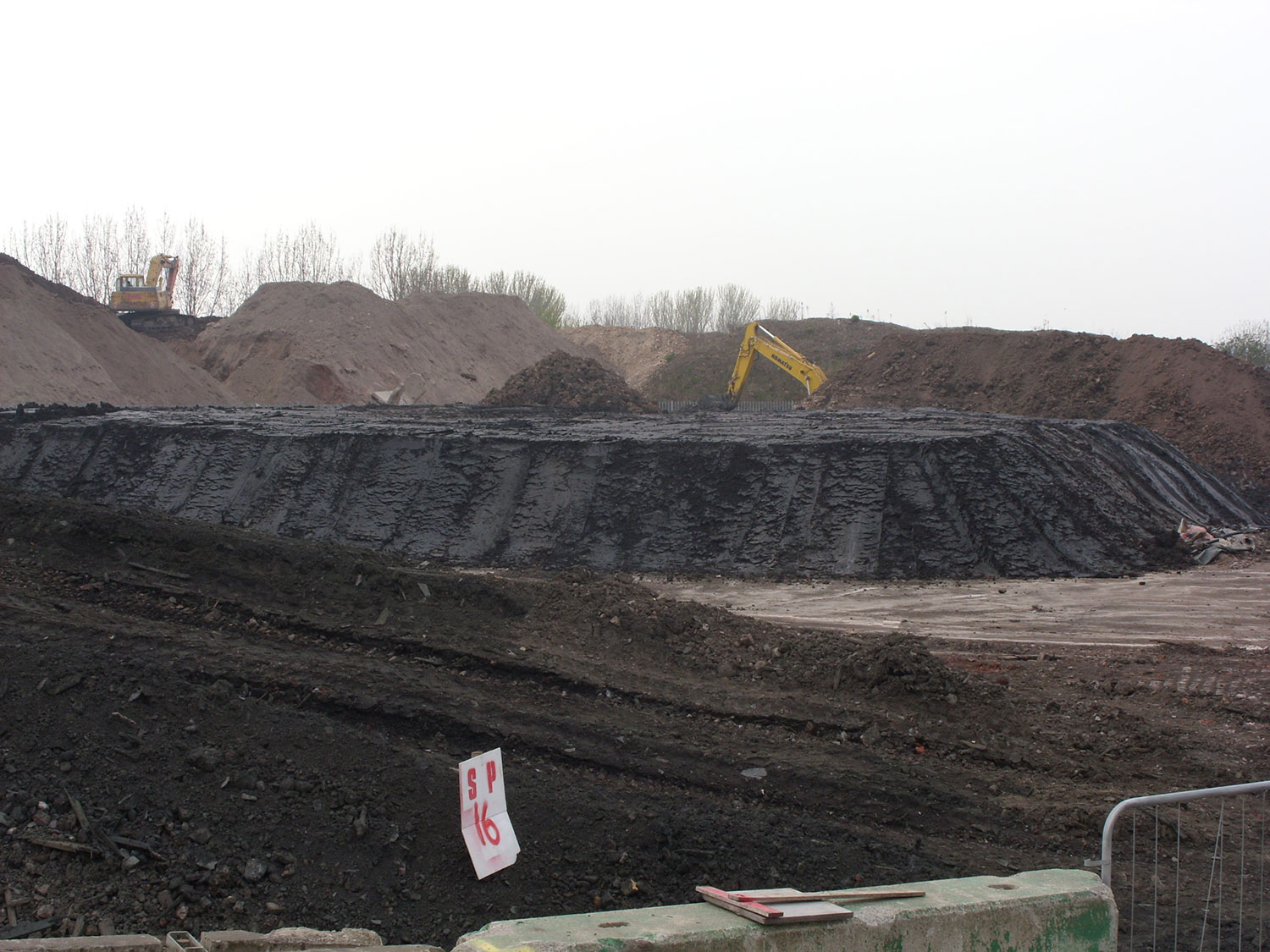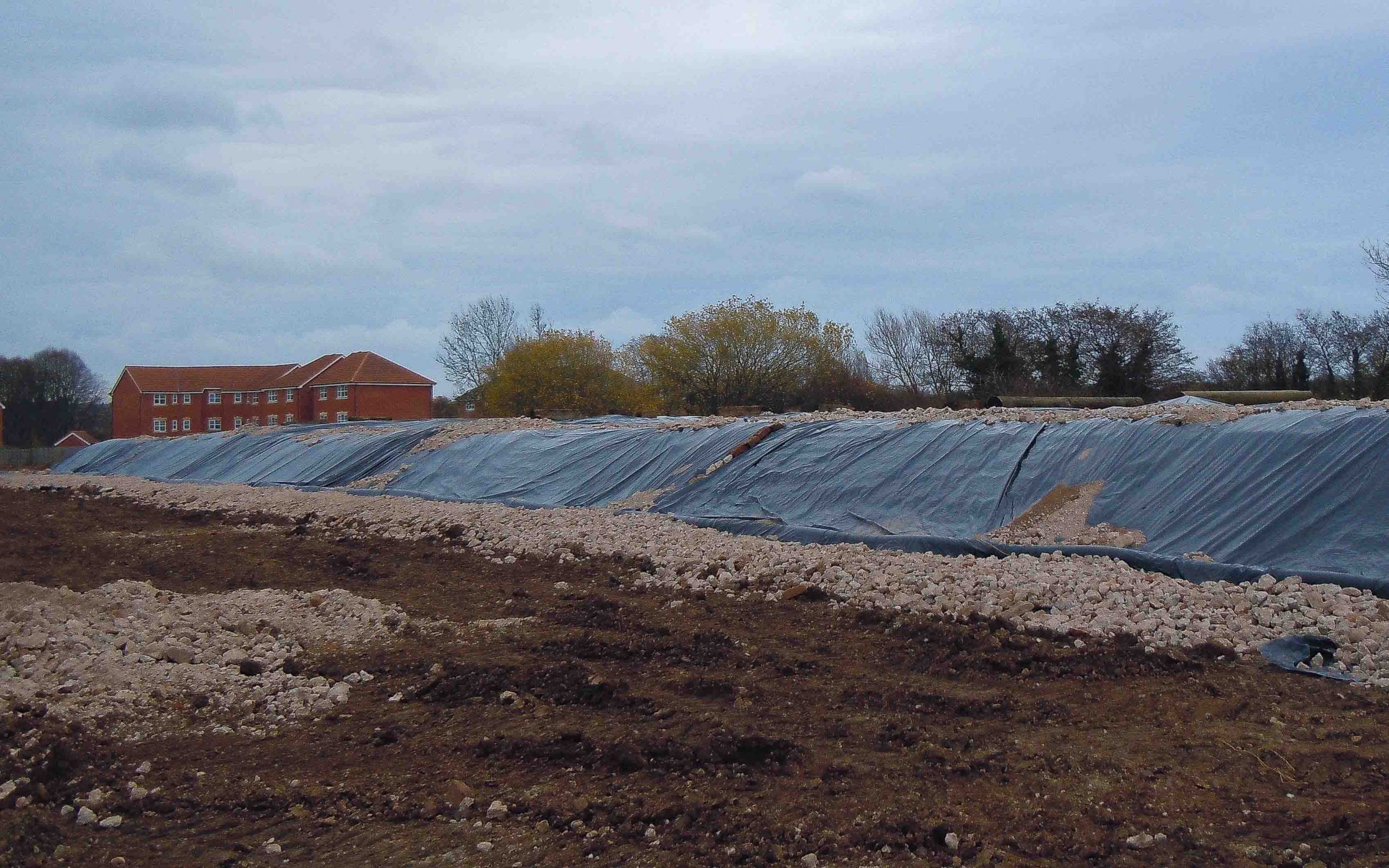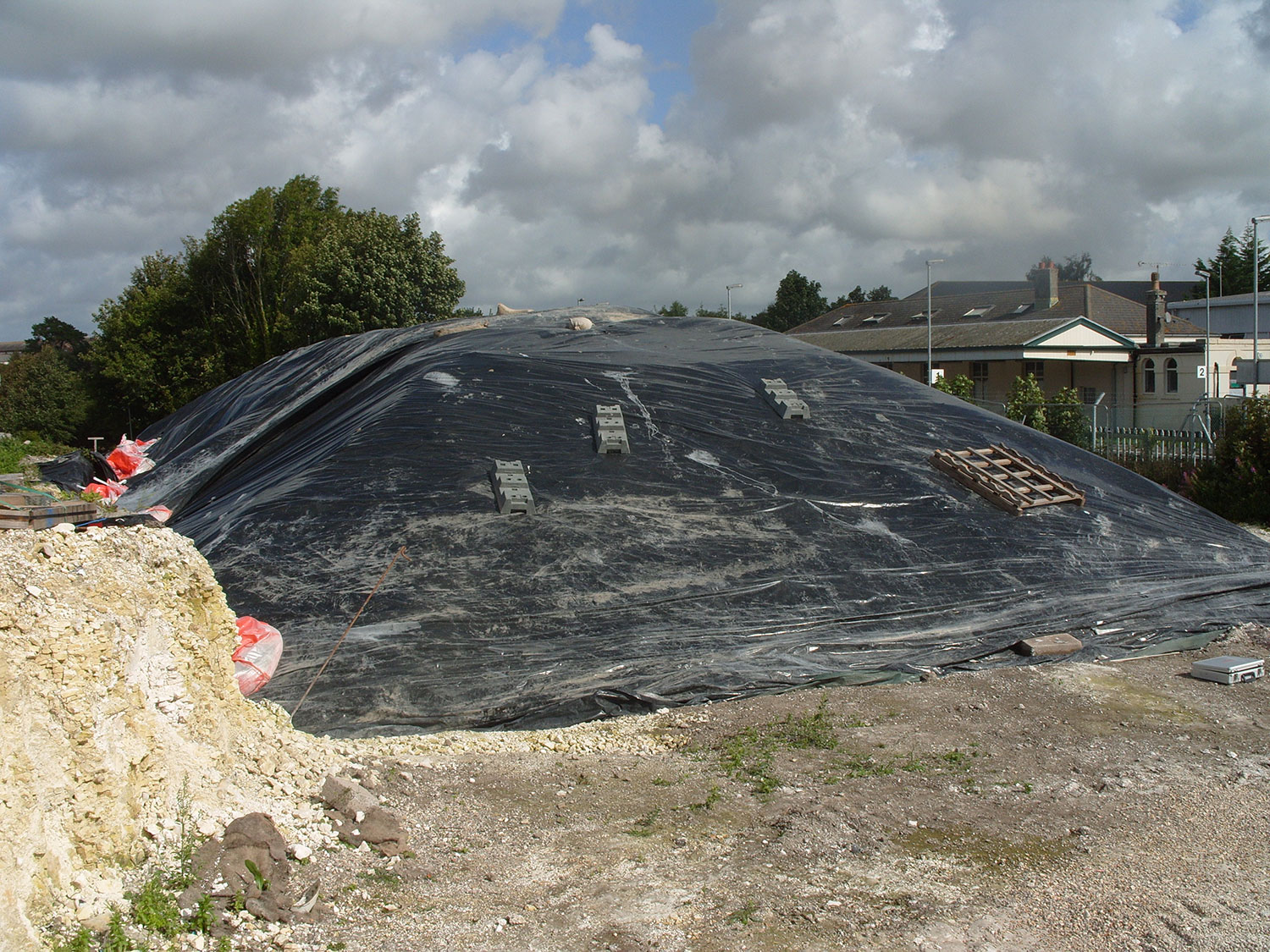Client – National Grid Properties
Principal Contractor – BAM Nuttall
Consulting Engineer – Amec
Location – Wallasey
Contract Value – £200K
Wallasey Gasworks were commissioned in 1861 and it is currently divided into operational and non operational areas. Measuring 4.4 hectares, the site is owned by National Grid Properties and under a voluntary remediation scheme large parts of the non operational site underwent bioremediation treatment.
Intrusive site investigation identified several contaminants including benzene and phenol at intolerable concentrations. The remedial objective ‘to reduce the contaminant concentrations to QRA derived acceptable levels’ evolved from this and prompted Ash Remediation Management’s involvement with the project. Ash Remediation Management designed and implemented an aerated ex-situ bioremediation solution for the treatment of around 6500m3 of impacted material.
Prior to site mobilisation a series of trials were completed to maximise the efficiency of the on-site stage of works. These investigations included analysis of microbial populations, the contaminant profile and site geology.
Initially, material was conditioned (based upon the findings of the trials) with a combination of composts, fertilisers and microbes. From here material was transferred to a bunded biopile area with associated drainage, sump and aeration systems. The aeration system facilitated the removal of volatile contaminants through the negative pressure generated by the fan or blower unit. Rather than simply discharge these volatile compounds to the atmosphere, an activated carbon unit was used to adsorb these harmful gases.
During the treatment stage of the programme, several biopile monitoring parameters were routinely evaluated to help maximise the efficiency and effectiveness of the biopile. The measurements included contaminant, O2 and CO2 concentrations as well as temperature and RH levels. The findings of the monitoring were frequently interpreted and reported to the client providing evidence of the efficacy of the bioremediation.
Although many other earthworks activities were taking place in and around the Ash Remediation Management working areas, the scheme completed ahead of the agreed project timeframes providing a high standard of health and safety throughout.

